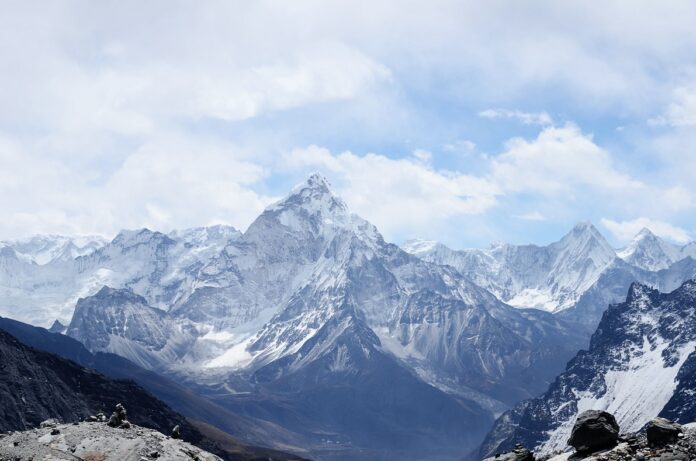Glaciers in the Hindu Kush Himalayan (HKH) region could lose up to 80% of their current volume by the end of the century according to a major new assessment by the International Centre for Integrated Mountain Development (ICIMOD).
The report, ‘Water, Ice, Society, and Ecosystems in the Hindu Kush Himalaya (HI-WISE)’ draws on scientific advances which enable links between the cryosphere, water, biodiversity, and society to be mapped for the first time. The peer-reviewed study found that the HKH glaciers disappeared 65% faster in 2011–2020 compared with the previous decade and warns that glaciers in the HKH could lose up to 80% of their current volume based on current emissions trajectories.
Snow cover is projected to fall by up to a quarter under high emissions scenarios, drastically reducing the availability of freshwater for the nearly two billion people who live downstream of the 12 rivers that are fed by the HKH mountain ranges. In addition, decreasing permafrost will lead to more landslides and problems for infrastructure at high elevation.
The report’s authors call for urgent international action to help communities adapt to the impacts of climate change on this mountain biome which supports a quarter of the world’s population.
Pam Pearson, director of the International Cryosphere Climate Initiative, said: “There have been huge strides in cryosphere science since the Paris Agreement. We understand today what we did not fully appreciate then that ice responds much more quickly and irreversibly to temperature rises than previously thought. It’s crucial for governments and civil society to be aware of the extreme implications of even just 1.5 °C degrees of warming on the cryosphere. Because it is clear that billions of people’s lives now depend on our urgent pursuit of very low emissions pathways. This is the only way to slow or avoid catastrophic impacts.”








